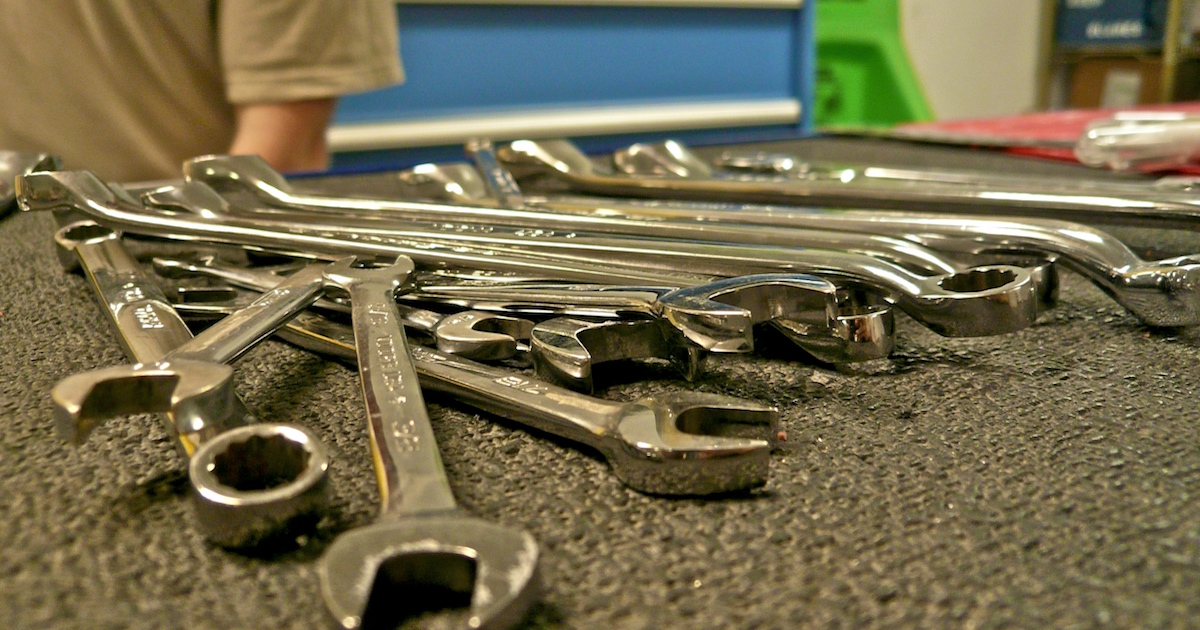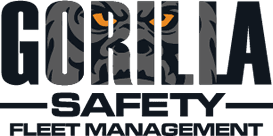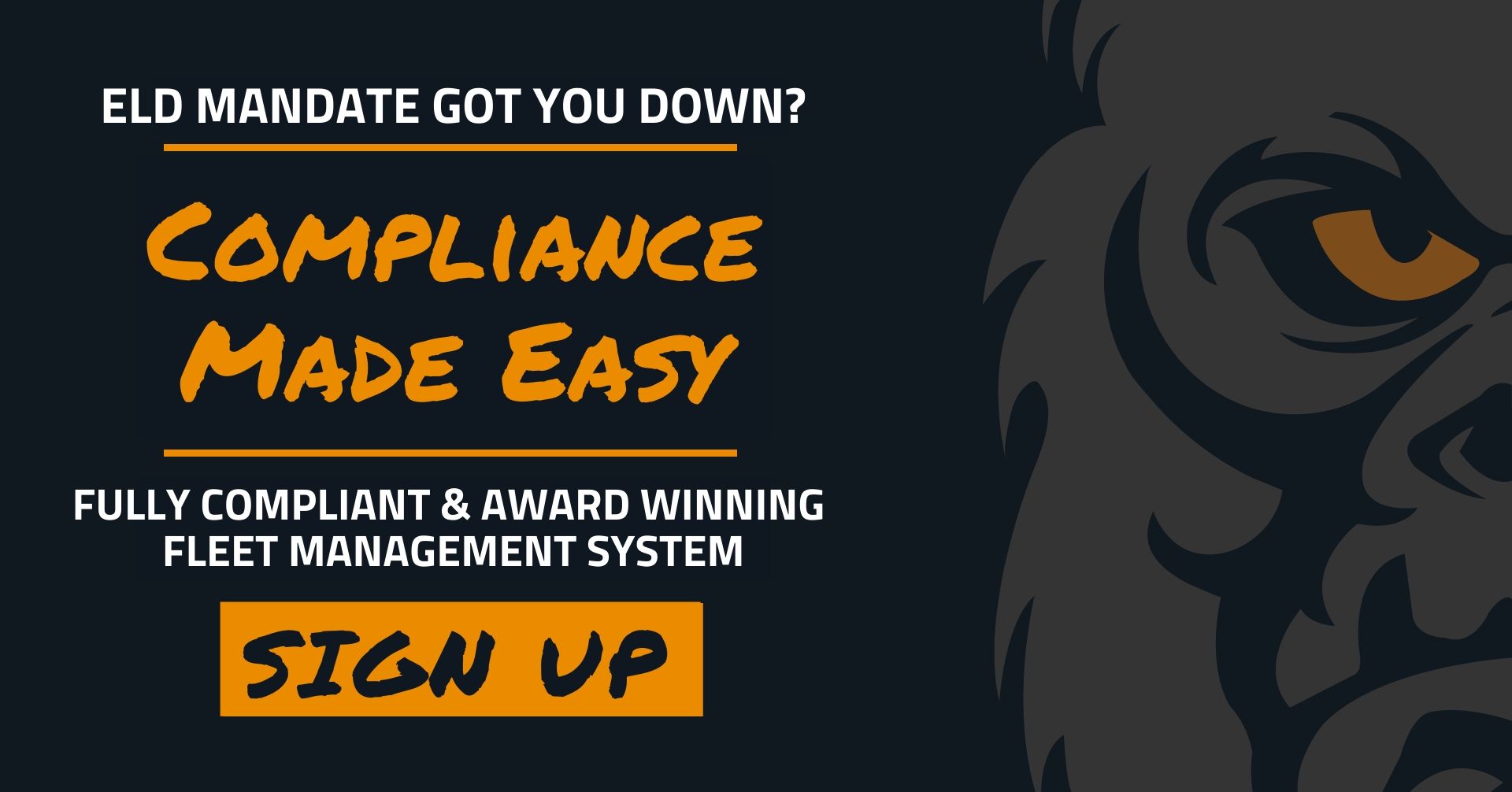
Are you looking for a way to cut costs, keep your vehicles running longer, and keep your drivers on the road more? One of the best ways to keep your fleet moving forward and help your business grow is through a fleet maintenance program.
With an effective program, you’ll have safer vehicles and lower costs.
Why Is a Fleet Maintenance Program Important?
A fleet maintenance program comes down to one key element: preventive maintenance. This keeps your operating costs down and reduces your liability.
If the proper preventive maintenance isn’t done on your vehicles and one becomes unsafe, you could be held liable for “negligent entrustment.” That means you provided an employee/driver with a dangerous tool, while knowing (or when you should have known) it was unsafe. Vehicles that haven’t been serviced could easily become hazardous to drive, causing problems out on the road.
An effective fleet maintenance program is good for your drivers and mechanics, too. If you select the right system and method, your mechanics will be more organized and will have the information they need to know when it’s time to perform basic servicing and inspection. Your drivers should also have an effective method for communicating with mechanics about problems they’re seeing or issues they’re having with their vehicle.
How to Implement a Fleet Maintenance Program
Putting together an effective maintenance program for your fleet may take a little time, especially if you don’t have good records, but it will be worth the effort.
- Determine the status of each vehicle in your fleet. Inspect, service, and repair each vehicle to establish a baseline of current mileage, current fluid levels, and a current inspection and service record. Document all information.
- Input information you’ll need to track in order to complete preventive maintenance. This includes mileage, age of the vehicle, fuel usage, and other details.
- Set up alerts for needed maintenance based on mileage, timing, or fuel usage. With the Gorilla Safety app, mechanics can schedule maintenance and both the driver and the fleet manager will be alerted.
- Inspect vehicles in the fleet as often as it makes sense, based on the size of the fleet, time drivers are on the road, and the number of mechanics you have. This could be once a week, once or twice a month, or whatever works for your fleet.
- Mechanics and drivers need to work together and communicate effectively. With the Gorilla Safety app, when a driver notices a problem, the eDVIR can notify the mechanic automatically so the mechanic can decide if the vehicle needs to be brought in for repairs.
- Determine your maintenance schedule, based on either the number of months of use or the number of miles driven, to help your mechanics and drivers better plan for routine service.
- Track the cost of vehicle repairs so that you can see which trucks are costing you too much money. This will help you figure out which trucks need to be cycled out and when.
With a good fleet maintenance program and the right tools, preventive maintenance is done in a timely manner to keep vehicles on the road, making you money.
If you’re ready to take your fleet maintenance program to a new level and incorporate technology designed to keep your fleet on the road a little longer, while keeping everyone safe, contact Gorilla Safety today. Let’s discuss how we can help you manage your fleet.

